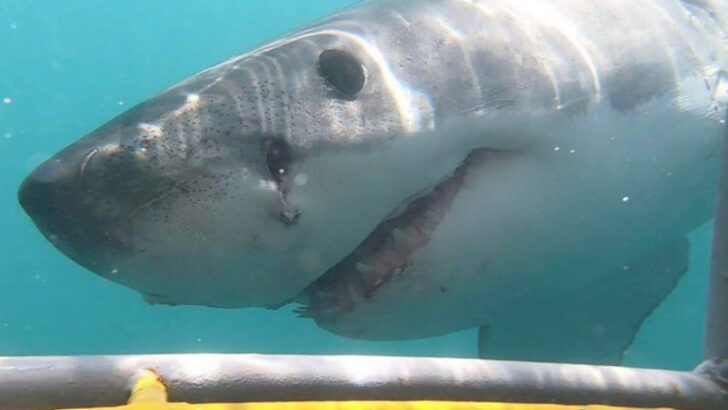Great white sharks are the undisputed rulers of the ocean—but put one in an aquarium, and things go south fast.
It’s not for lack of trying. Aquariums have spent years attempting to house these massive predators, only to fail time and time again. Some sharks refuse to eat, others ram into walls, and almost all of them don’t survive long.
Why? Because great whites are built for endless movement, vast open waters, and the thrill of the hunt. Confined spaces and artificial environments break them—both physically and mentally.
From their relentless need to swim to their highly sensitive biology, keeping a great white in captivity is a disaster waiting to happen. Let’s dive into 12 reasons why these ocean titans will never call an aquarium home.
Size and Space Requirements
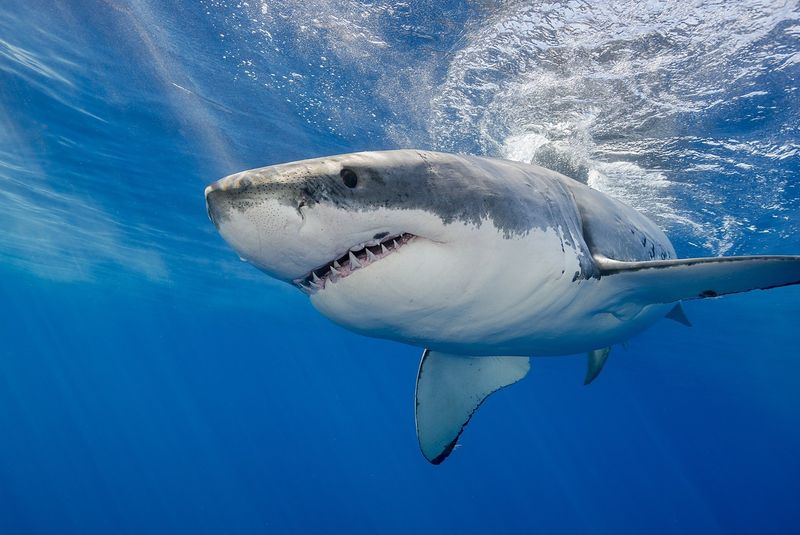
Great White Sharks can grow up to 20 feet in length, making them too large for any standard aquarium. Their size requires vast amounts of space to swim freely, which is impossible in captivity. Without ample room, these creatures suffer from stress and potential injury.
Their natural oceanic habitat provides miles of open water, allowing them to thrive. Confining them to a tank restricts their natural behaviors and can lead to depression.
Aquariums simply cannot mimic the vastness of their natural environment, and the lack of space can be detrimental to their health.
Diet and Feeding Challenges
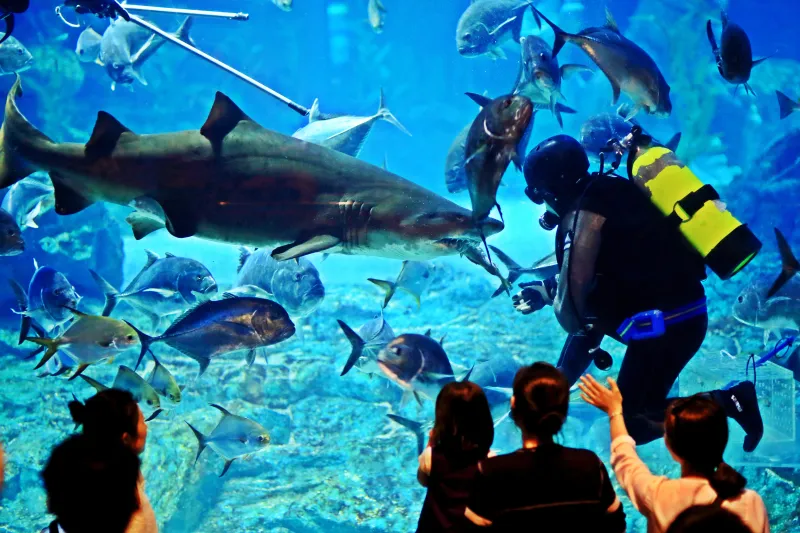
Feeding a Great White Shark in captivity is incredibly challenging, as their diet is diverse and requires fresh, large prey. In the wild, they hunt seals, dolphins, and other marine mammals.
In an aquarium, providing such a diet is not only costly but difficult to replicate. Sharks may refuse food, leading to starvation and health issues.
Their feeding habits are complex, and the lack of natural prey can lead to psychological and physical problems. Captivity disrupts their instinctual hunting behaviors, contributing to stress and malnutrition.
Stress and Mental Health
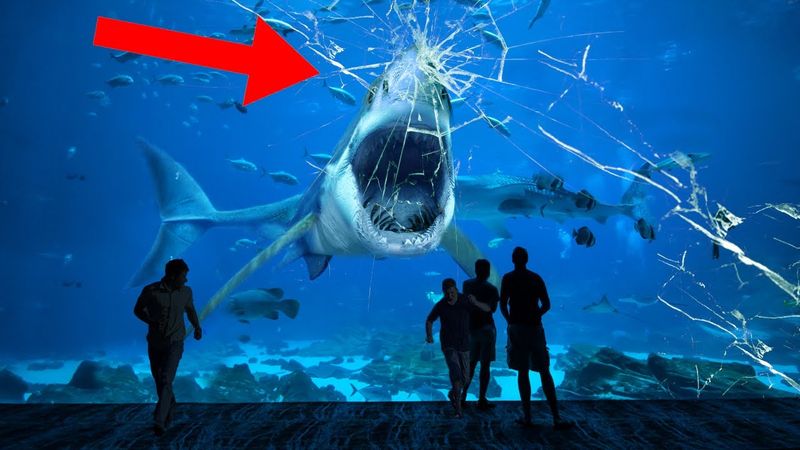
Captivity causes immense stress for Great White Sharks, affecting their mental well-being. Used to the vast ocean, these creatures become anxious and disoriented in confined spaces.
Stress leads to erratic behavior, including self-harm, as they attempt to escape their enclosure. Mental health deterioration is common, and they may exhibit signs of depression.
The constant presence of humans and artificial environment only exacerbates these issues. The absence of natural stimuli and freedom leads to a decline in their overall health, both mentally and physically.
Short Lifespan in Captivity
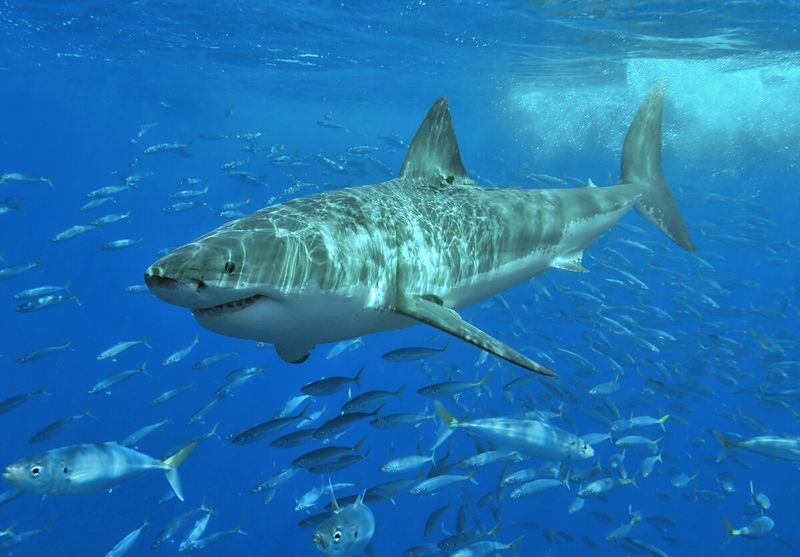
Great White Sharks rarely survive long in captivity. While they can live up to 70 years in the wild, their lifespan is drastically reduced in aquariums. Most don’t survive beyond a few months.
Stress, poor diet, and confined spaces contribute to their premature death. Captivity doesn’t provide the necessary conditions for their longevity and thriving.
The short lifespan in captivity underscores the inability of aquariums to meet their complex needs. Their health rapidly declines, and mortality rates are high, making this practice unsustainable and unethical.
Aggression and Safety Concerns
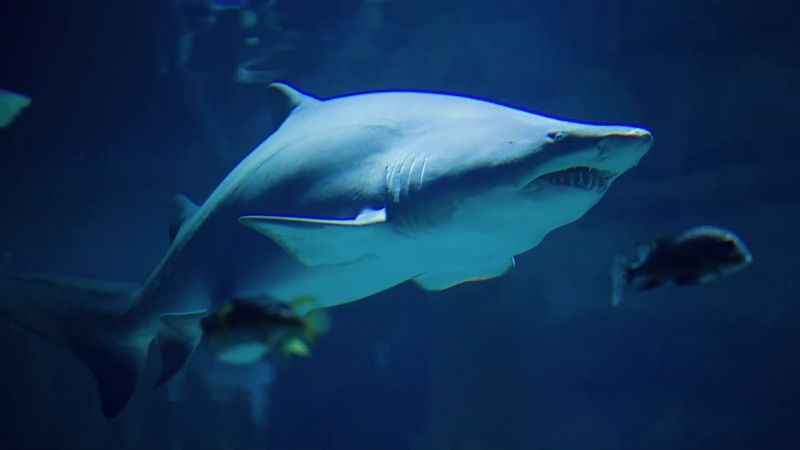
Great White Sharks are apex predators, and their natural aggression poses safety risks in aquariums. Confined spaces increase tension and aggression as they feel threatened.
This aggression can lead to dangerous situations for both the sharks and the humans caring for them. Injuries to staff and damage to the facility are real risks.
Aquariums cannot replicate the natural behaviors and interactions of these predators, leading to unpredictable and hazardous scenarios. Their predatory nature is ill-suited for confinement, further proving the challenges of keeping them in aquariums.
Ethical and Conservation Issues
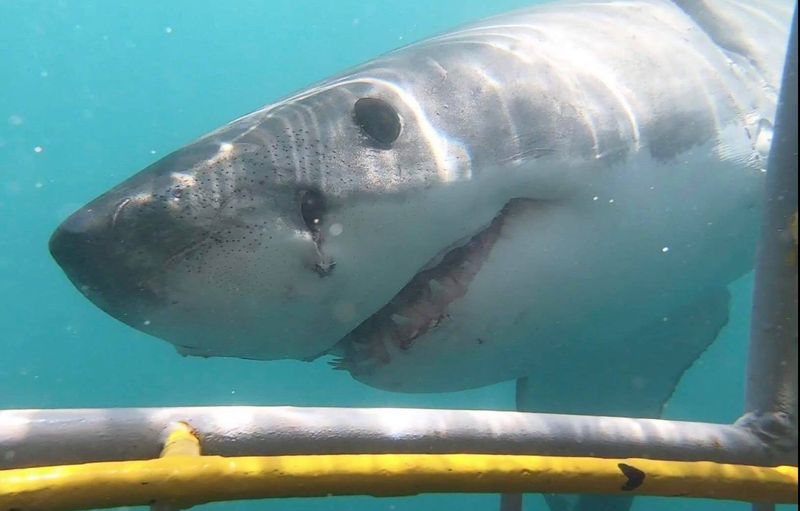
Housing Great White Sharks in aquariums raises significant ethical and conservation concerns. These creatures are vital to ocean ecosystems, and captivity disrupts their role in the wild.
Conservationists argue that such practices harm their populations and undermine conservation efforts. Ethical considerations include the shark’s welfare and right to live freely.
Public awareness and advocacy against captivity are growing, emphasizing the need to protect these majestic animals in their natural habitats. The ethical dilemma of keeping them in aquariums highlights the need for more responsible conservation practices.
Inadequate Water Conditions
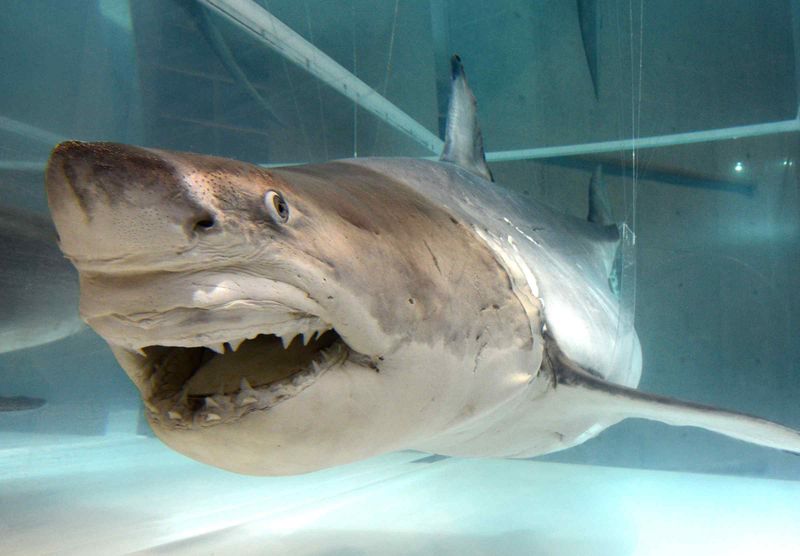
Maintaining suitable water conditions for Great White Sharks is a formidable challenge. They require specific salinity, temperature, and cleanliness levels, mimicking the open ocean.
Aquariums often struggle to maintain these conditions, leading to health issues. Poor water quality can cause skin lesions, infections, and stress.
The complexity of replicating oceanic conditions in a confined space is beyond current technology. Inadequate water quality is a significant factor in their inability to thrive in captivity, further emphasizing the unsuitability of aquariums for these creatures.
Transport and Handling Difficulties
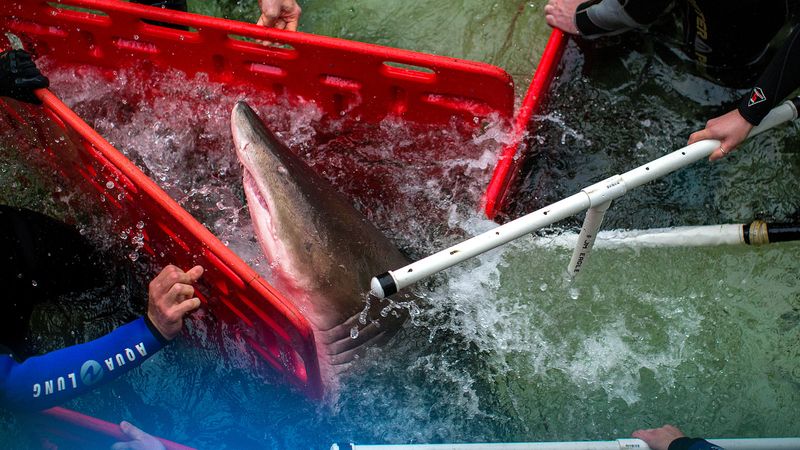
Transporting a Great White Shark to an aquarium is fraught with logistical problems and risks. Their size and need for constant water flow make transportation complex and stressful.
Handling these creatures poses ethical and physical challenges, often resulting in injury or death. The stress of moving can lead to long-term health issues.
The entire process requires meticulous planning, significant resources, and often fails to ensure the shark’s safety and well-being. The handling difficulties reflect the broader issue of keeping such magnificent creatures in captivity.
Challenges in Breeding Programs
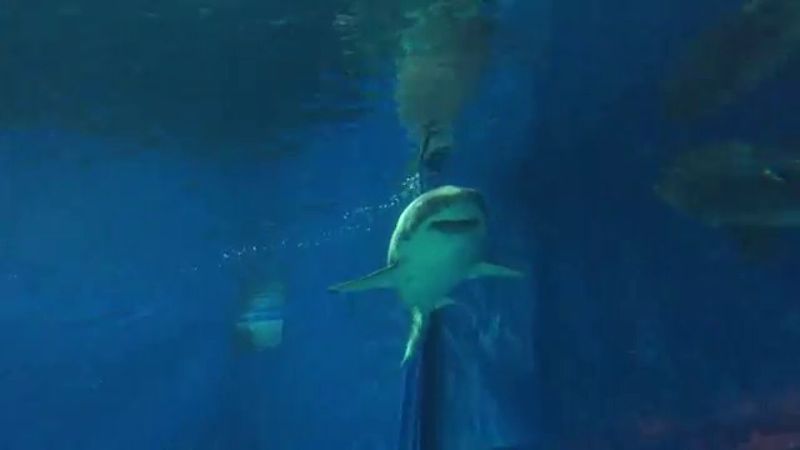
Breeding Great White Sharks in captivity is a near-impossible task. Their complex mating rituals and specific habitat needs are difficult to replicate.
Attempts to breed them in aquariums often end in failure, with little to no success in producing healthy offspring. The artificial environment disrupts natural behaviors, making breeding impractical.
These challenges highlight the limitations of captivity in supporting the natural life cycle of Great White Sharks. The lack of successful breeding programs underscores the unsuitability of aquariums for supporting their population growth.
Public Misconception and Education
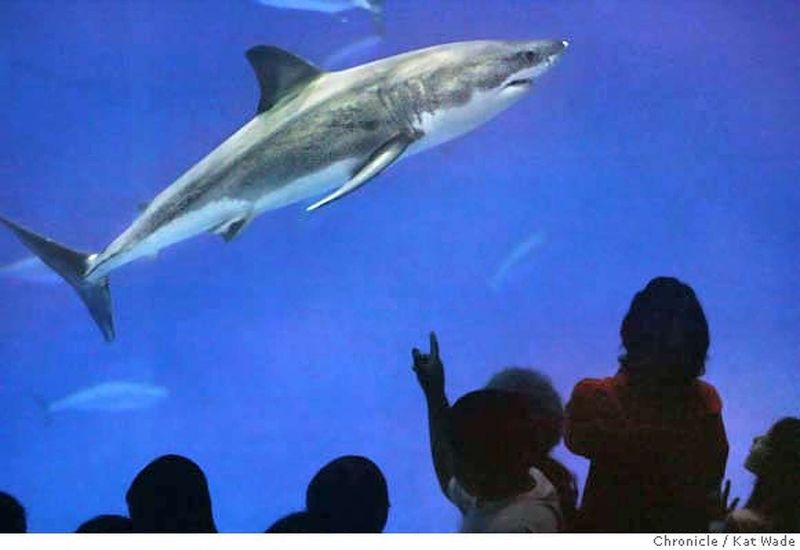
Aquariums often present Great White Sharks in ways that mislead the public about their true nature. They may emphasize fearsome traits, overshadowing their ecological importance.
This can result in misconceptions about their behavior and conservation status. Misinformation undermines efforts to educate the public and promote responsible conservation.
Educational programs must accurately portray these animals, focusing on their role in marine ecosystems. Correcting public misconceptions is essential for fostering a deeper understanding and appreciation of Great White Sharks.
Legal Restrictions and Permits
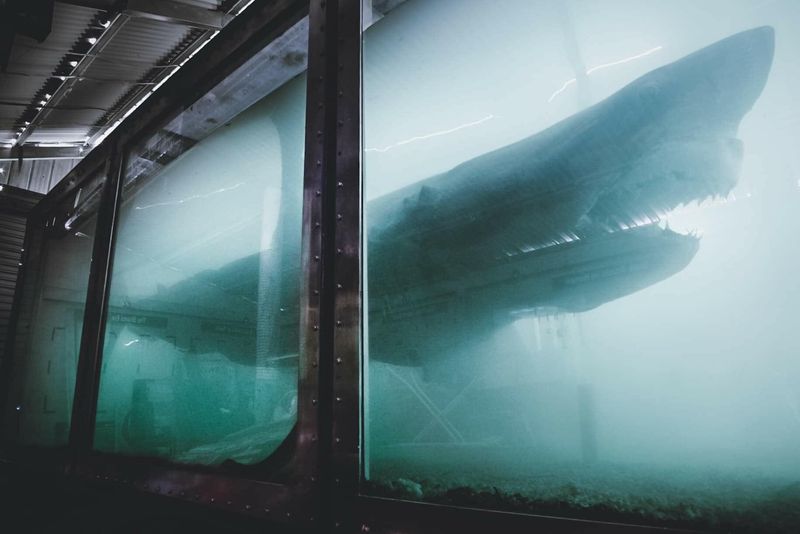
Keeping Great White Sharks in captivity involves navigating complex legal barriers. Many countries have strict regulations and permits are rarely granted.
These legal restrictions are designed to protect the species and ensure ethical treatment. Acquiring necessary permits is challenging and costly, often acting as a deterrent.
The intricate legal landscape reflects the broader ethical and conservation concerns associated with captivity. Legal hurdles are a vital consideration for aquariums contemplating housing such apex predators.
Impact on Natural Behavior
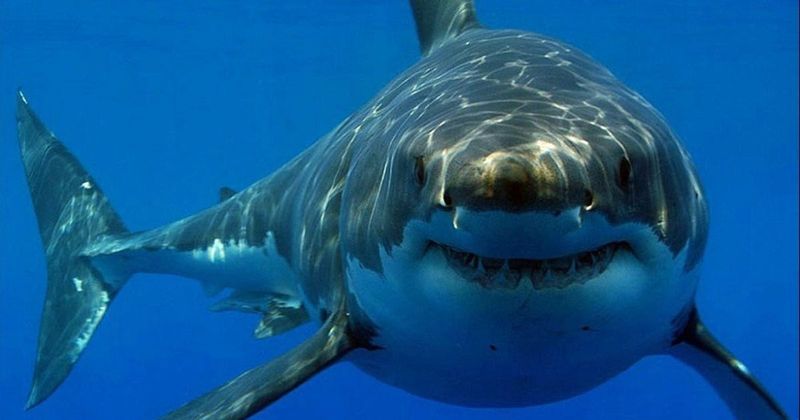
Confinement severely impacts the natural behaviors of Great White Sharks. In the wild, they engage in complex hunting and social activities.
Aquariums limit these behaviors, leading to frustration and disorientation. The lack of environmental stimuli negatively affects their well-being and adaptation.
Confinement reduces their ability to perform essential life functions, highlighting the unsuitability of aquariums for maintaining their health and natural behaviors. This impact on behavior underscores the ethical dilemmas in keeping them away from their natural habitats.

